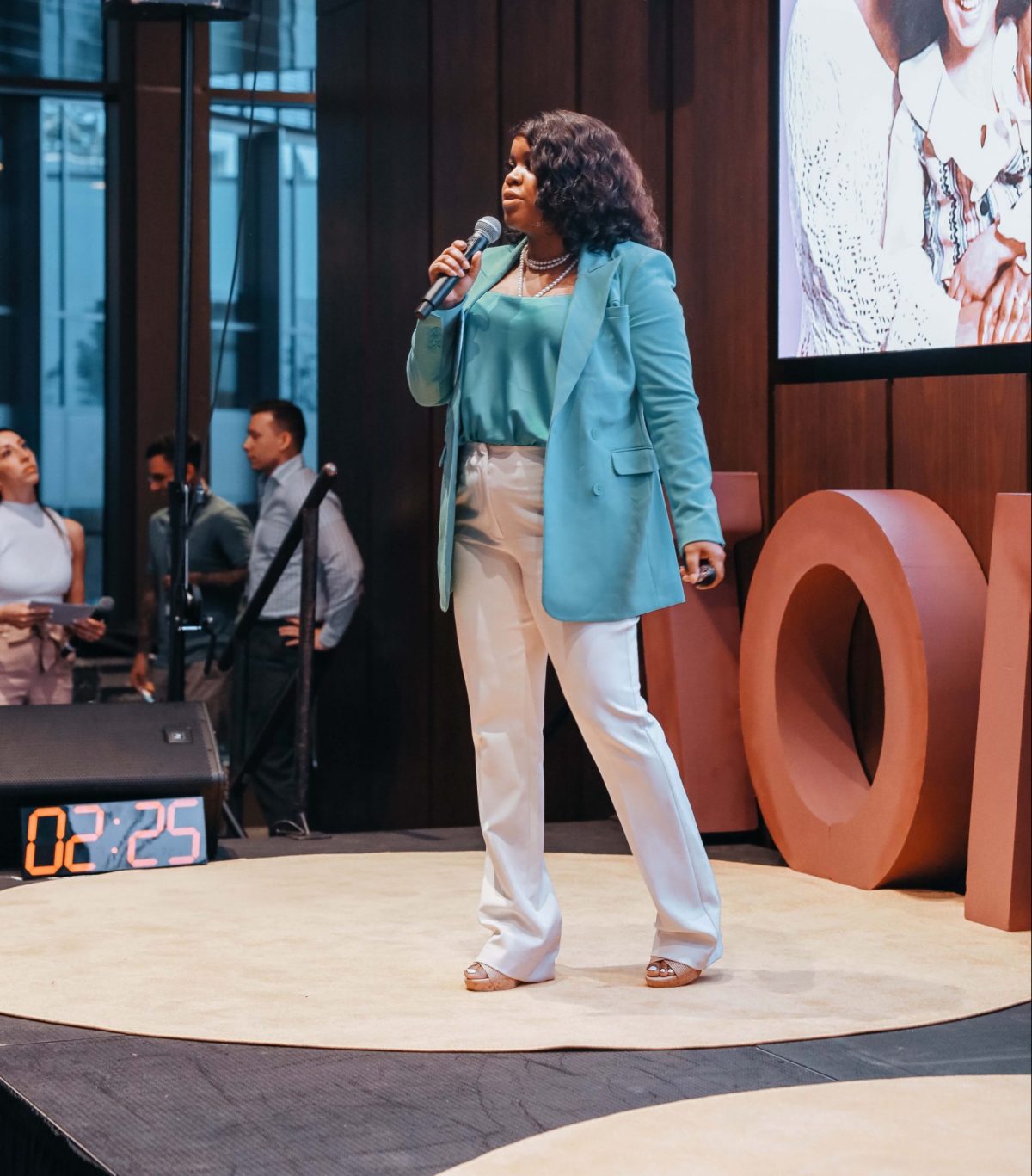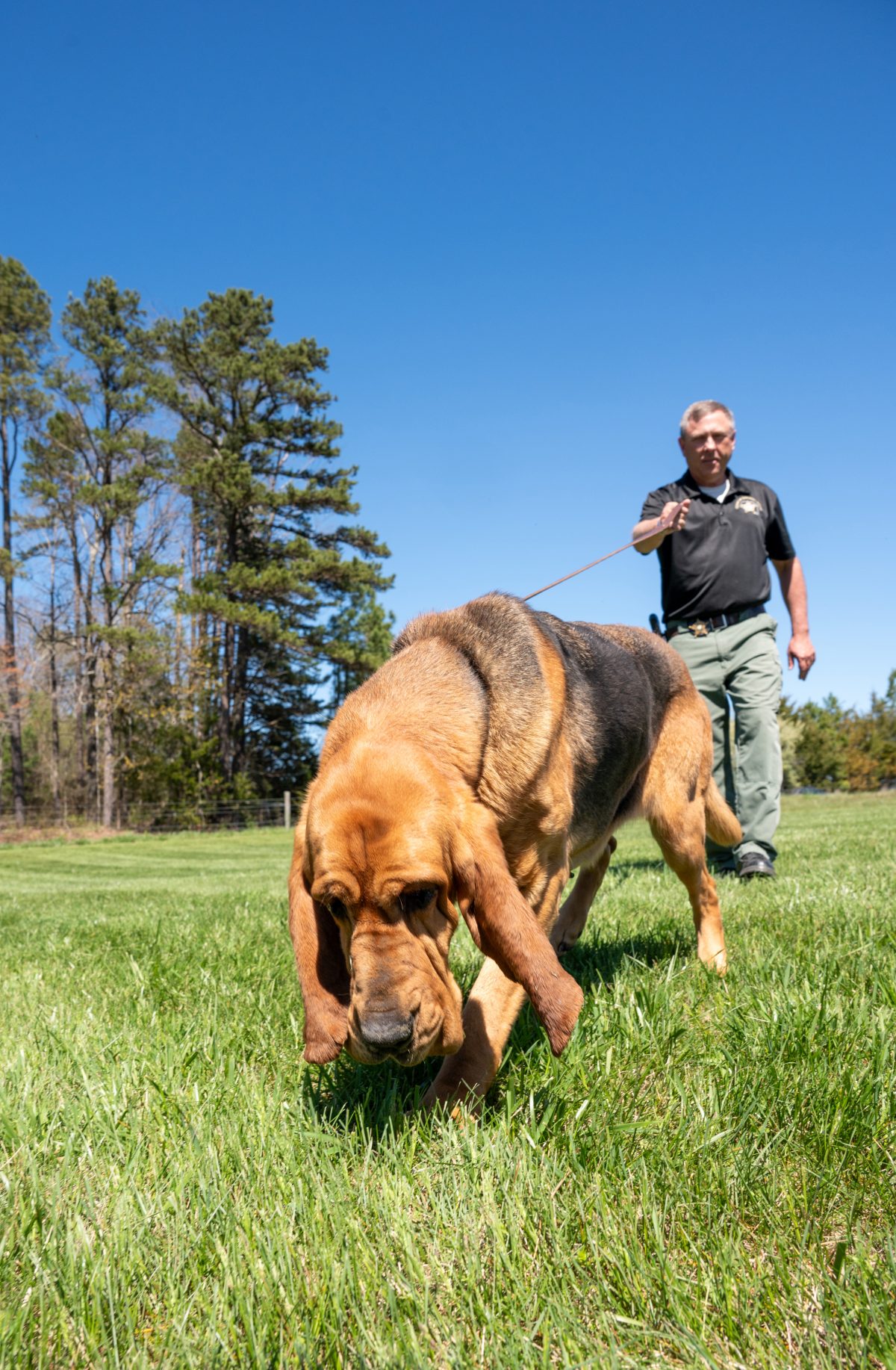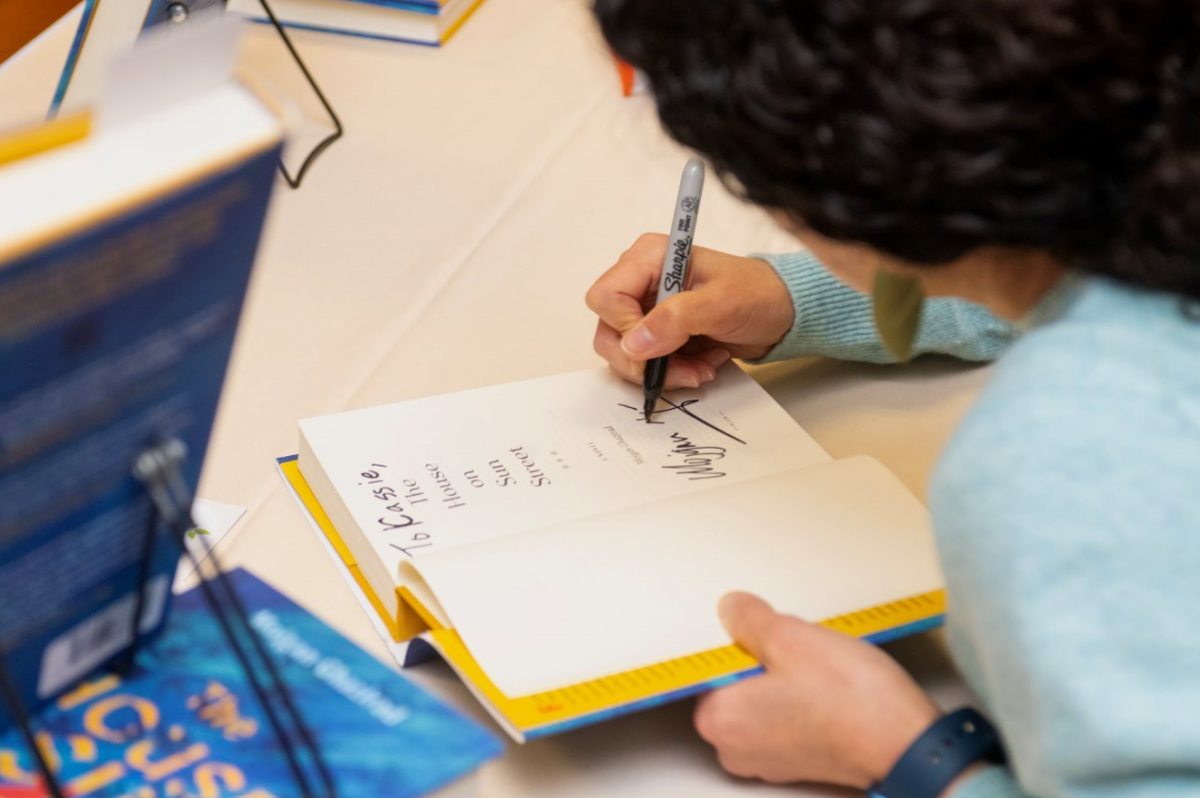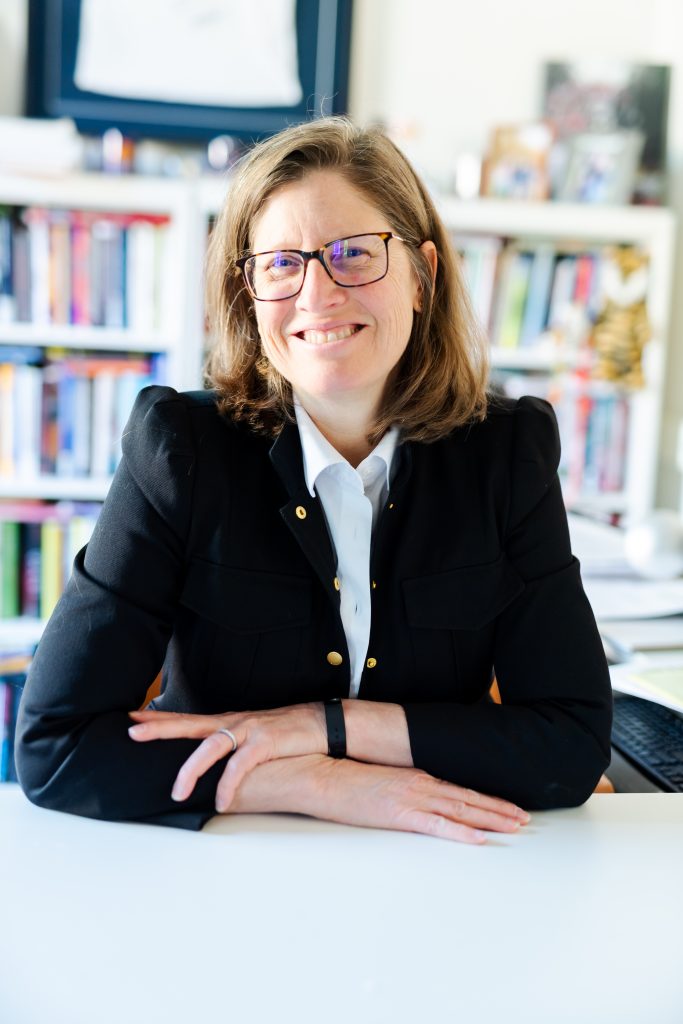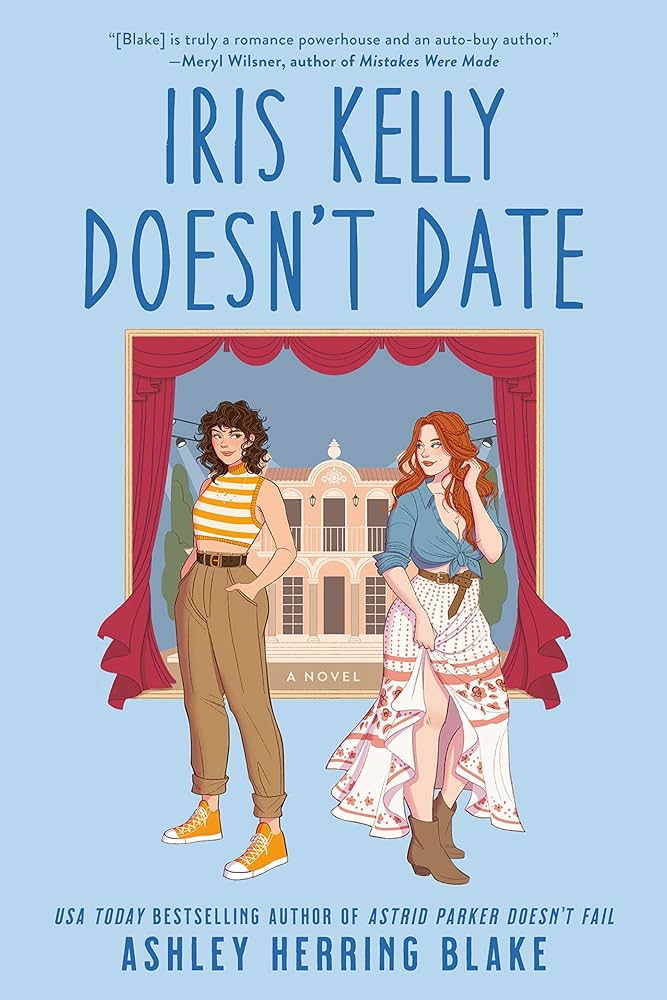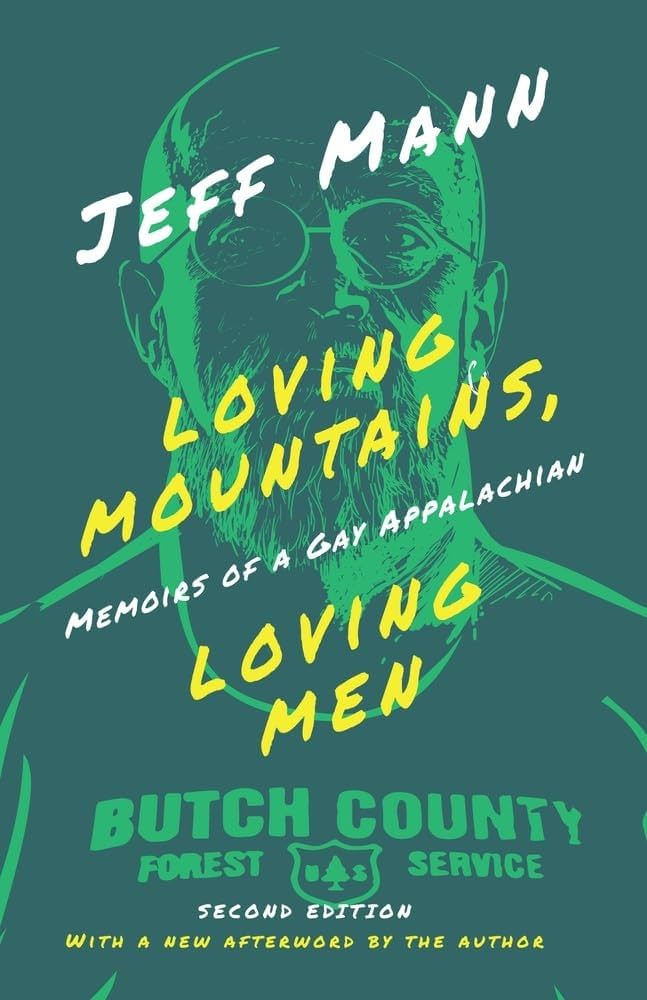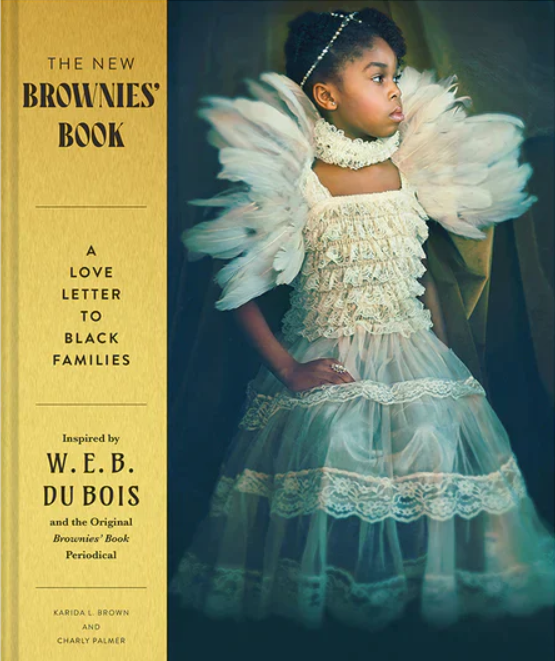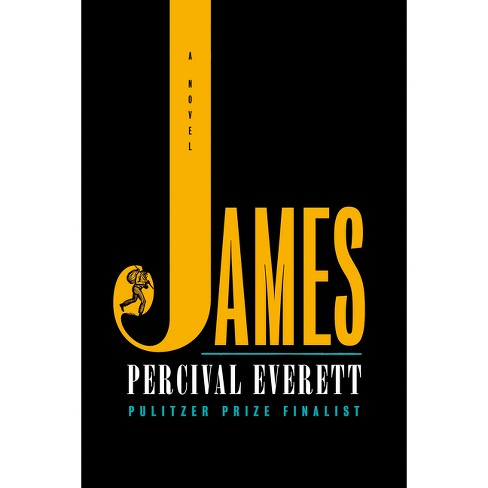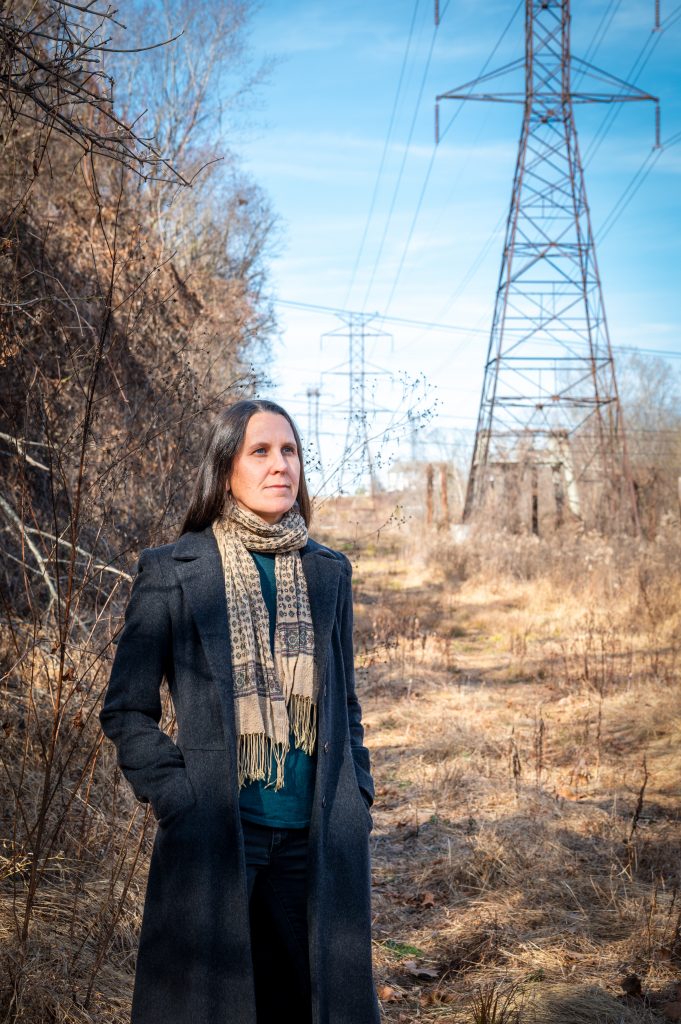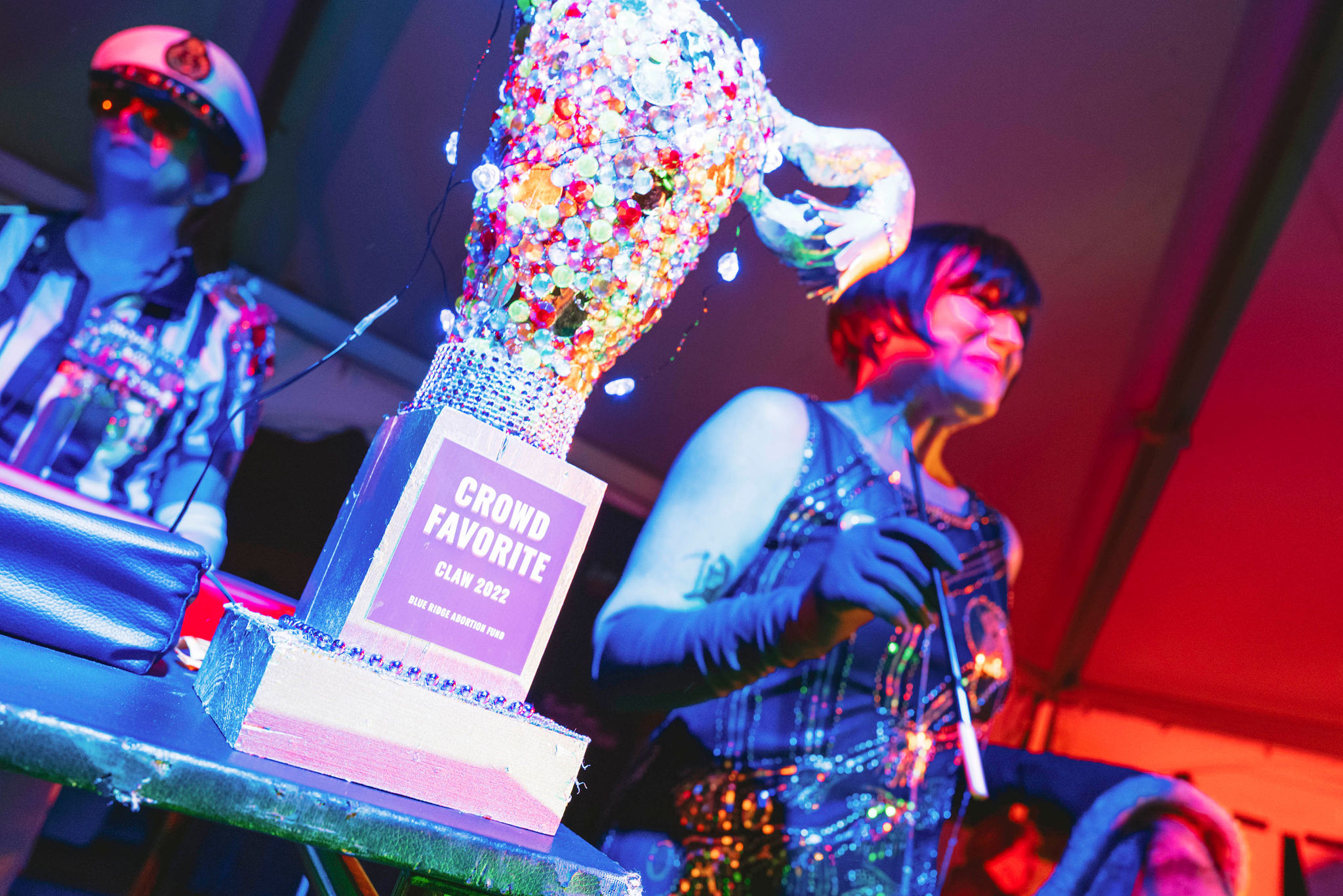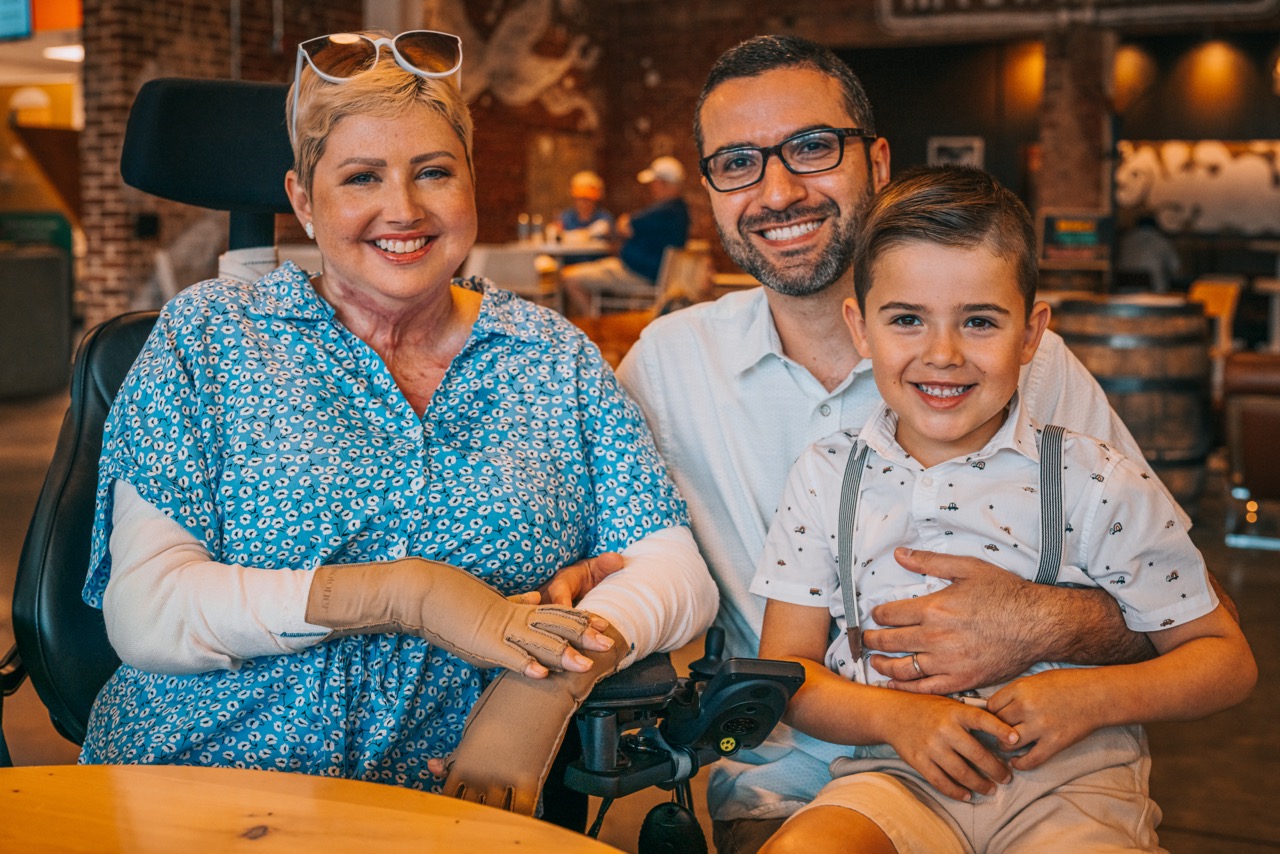April is here and so is Charlottesville’s annual Tom Tom Festival, flooding the downtown area with events, music, and people. The festival has grown substantially in its 12 years, and is slated to span five days, from April 17-21, with a medley of different showcases including panels on technology, entrepreneurship, social justice, and consciousness.
With such a broad docket, visitors may wonder, is it a music festival or a conference? Is it a conference or a block party? Is it a block party or a showcase of projects happening in Charlottesville?
“How about, yes and?” says Tom Tom founder Paul Beyer. “It’s both, and. I think people tend to think of things in binary terms, like this is music or this art or this is a conference. But I’m hoping people see Tom Tom as a both, and.”
Beyer welcomes the macroscopic view. He says when people come together from different areas and interests, they start having conversations and building together.

“One of the core insights to me, when the festival was started, was just that there were a lot of areas of the city where people were in silos, they just weren’t talking to each other. In a city like Charlottesville, it’s just crazy, we’re not that big of a town.”
The festival has ballooned with all those conversations, inviting in over 250 speakers this year. And one word this year’s festival-goers will hear repeated frequently is, “future.” With panels discussing the future of AI, the future of financial freedom, the future of DEI, and the future of community, Tom Tom’s conversations are sure to focus on looking forward.
“The core ideas, I think, are future and community. Those are the two beating hearts of the festival,” Beyer says. “What does a shared future look like for the community?”
With a heavy emphasis on business development and investing, Tom Tom’s answer to that seems to be rooted in entrepreneurship, innovation, investment, and startup businesses in Charlottesville.
Over half of the festival’s panel discussions address startups, innovators, and investing, while over half of the festival’s steering committee comes from investment backgrounds.
Kate Byrne, a Tom Tom board member and staff member, has decades of experience in impact investing, the practice of investing in businesses for their social and environmental effects. She says business can be a catalyst for social change.
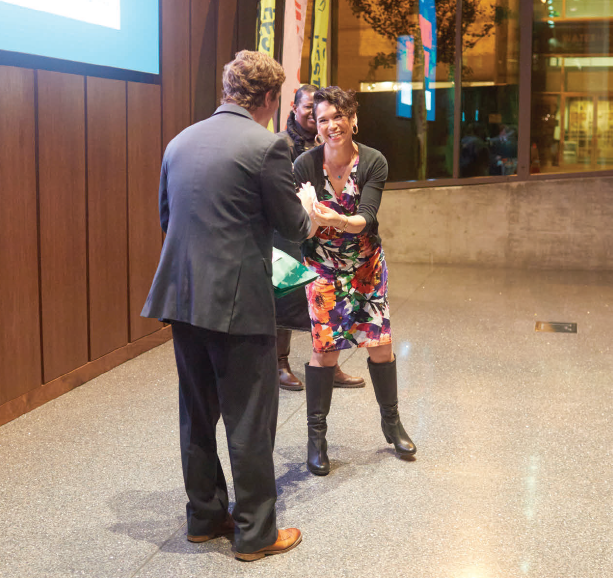
“I think what we’re trying to do is see how we can make business be a force for good and help entrepreneurs through creating jobs,” Byrne says. “So, we’re helping the workforce, we’re helping, not just a company, but the entire ecosystem that supports a company.”
Some of the major sectors Tom Tom plans to highlight include digital technology, biotechnology, medicine, and education, but smaller, solo entrepreneurs will have some of the spotlight as well.
A highlight of the Tom Tom Festival, and a chance to hear about and directly invest in some of those innovative ideas, is the annual Crowdfunded Pitch Night. Considered one of the fest’s signature events, the evening exemplifies some of Tom Tom’s goals of bringing together community and ideas to generate shared support.
The event is held in the Code Building, where 11 contestants pitch their idea for the support of the crowd.
“The pitch nights are a packed, energetic room filled with really vocal supporters,” Beyer says. “It feels almost like an athletic event because people are so engaged with what’s happening onstage, and so supportive.”
There’s a bar and a DJ, and competitors have a chance to mingle with the crowd before and after taking the stage. When their turn comes, participants are ushered on stage by a song of their choosing and have three minutes to deliver their message to the audience. Audience members then vote for the idea they want to support with tickets, each worth $5, that can be bought online or in the back of the room.
“The pitch night is like a highly engaging way for the entrepreneur to share with the community what their business is,” Beyer says. “They get to distill down their vision and why it matters to that one sentence. That is one of the most essential things that any entrepreneur needs to do is to really understand how to share a vision with their community.”
The evening is sponsored and hosted by the Community Investment Collaborative, a nonprofit that helps under-resourced entrepreneurs start and grow businesses. Many of the participants are previous graduates of CIC’s 16-week entrepreneurship workshop.
“Our program is focused more on the kind of local mom-and-pop businesses as opposed to kind of high tech, high growth businesses that are also a big part of entrepreneurship,” says CIC President Stephen Davis. “We’re focused on the folks who might start as a catering company, become a food truck, become a restaurant. Or we’re focused on the hair salon.”
Some recognizable CIC grads include Mochiko, FARMacy, Wich Lab, Alakazam Toys, High Tor Gear Exchange, Rivanna River Company, Gryphon Gymnastics, and Althea Bread.
“In our 12 years, we’ve had over 560 graduates of our workshop,” Davis says. “About 150 to 160 new businesses have launched through that and a lot of existing businesses have grown.”
In addition to the crowd’s votes, CIC offers a $5,000 grand prize to a winner selected by a panel of three judges.
“I think all in all last year there was probably about, I think, close to 1,000 votes overall,” says Davis. “It was probably around $5,000 to $6,000 in prizes from the crowdfunding part, besides CIC’s grand prize, so all in all it was over $10,000.”
Each participant gets to take home the money from the votes they earned, but there are other rewards, like exposure.
According to Davis, “the people who win aren’t always the ones who get the most out of the competition. Just about every year there have been folks who, as a part of the competition, met people who became investors or big supporters that helped the launch or grow their business. It might not be all they need to start but it might help them with the next step or one part of it.”
Davis says the strength of small businesses is integral to the strength of the community.
“Not only because those businesses are all the collective livelihoods of its owners and employees,” he says, “but in general, small businesses entrepreneurship is creating value in a community. You’re selling that value but you’re creating value whether it’s fun, food, services that are needed, anything that’s quality of life.”
Past Pitches
Mahogany and Friends
Janasha Bradford won the grand prize in 2023 for her financial literacy brand, Mahogany and Friends, which produces fun, imaginative children’s books geared toward educating kids on the topic.
“I was very nervous,” Bradford admits. “This was my first pitch ever. My business, at the time, I don’t think it was even a year and a half old.”
Bradford, a financial advisor, says that “in my career, there are not a lot of women advisors and definitely not a lot of minority financial advisors. I wasn’t introduced to that information early on. And studying, I noticed a lot of my counterparts didn’t have to really break down what some of the terminology meant, so there was an extra layer to my studying.”
Bradford started her pitch with her story. “I just said, ‘How many of you wish you’d learned about money growing up as a child? And if you did, do you think you would have made some different choices?’ Then I kind of told them why, for me, that’s a yes to both.”
With the grand prize and some working of the crowd, Bradford estimates that she raised about $10,000.
“Oh it had a major impact,” she says. Anything helps a small business, but the money from that pitch allowed her to apply to and attend Essence Fest, a cultural festival where she was able to introduce Mahogany and Friends to a crowd of over 50,000 people.
Dr. Kanks
Cynthia Kankeu is a biomedical scientist, and even when she was pursuing her Ph.D., she was working on producing her line of natural, plant-based skin and hair care products.
“I was actually struggling with dry hair myself. Whenever I wanted to define my curls, I was using products that would just leave my hair very dry,” Kankeu says. “I was wondering why I couldn’t find a product for my hair and because I couldn’t find that product, I started wondering, how could I actually make one.”
Kankeu won the grand prize in 2022. The money allowed her to take the leap, quit teaching, and move her operation to a warehouse in Richmond. Now her business is her full-time job. Dr. Kanks products can be found at the Ix Farmer’s Market, Integral Yoga, and in the Charlottesville Wegmans.
The Scrappy Elephant
That same year, in 2022, Sarah Sweet was the crowdfunded winner, taking home the most votes for her business idea. The Scrappy Elephant is a creative reuse center designed to divert art and craft materials from the landfill. Located in McIntire Plaza, the shop offers art classes, studio space to come and craft, and bulk, recycled art material of every variety.
When Sweet came to the crowdfunded pitch night, her business was located in Palmyra and she needed to expand. She heard about the event through CIC.
“It was terrifying because I hate public speaking. But it was wonderful. I just rehearsed a lot and didn’t really talk to anybody because I was so nervous,” Sweet says.
Sweet managed to raise about $2,500 from the crowd’s votes. It was just enough to afford a deposit on her new space in McIntire Plaza. But that was enough to make a tremendous difference. Sweet says her business has tripled since opening the new location. She’s expanding the store and was able to go in full-time on her passion.
“I wouldn’t be here, I don’t think, if I hadn’t won that. Or I would be in a lot of debt and owing money. So it was wonderful, it was amazing,” Sweet says.
On April 17 at 7pm, 11 contestants will have the opportunity this year to sweet talk the crowd and the judges. The ideas range from the digital sphere to social activism, and sustainability to wellness. Like past contestants, some of these ideas could become treasured features of the Charlottesville landscape in the years to come.
